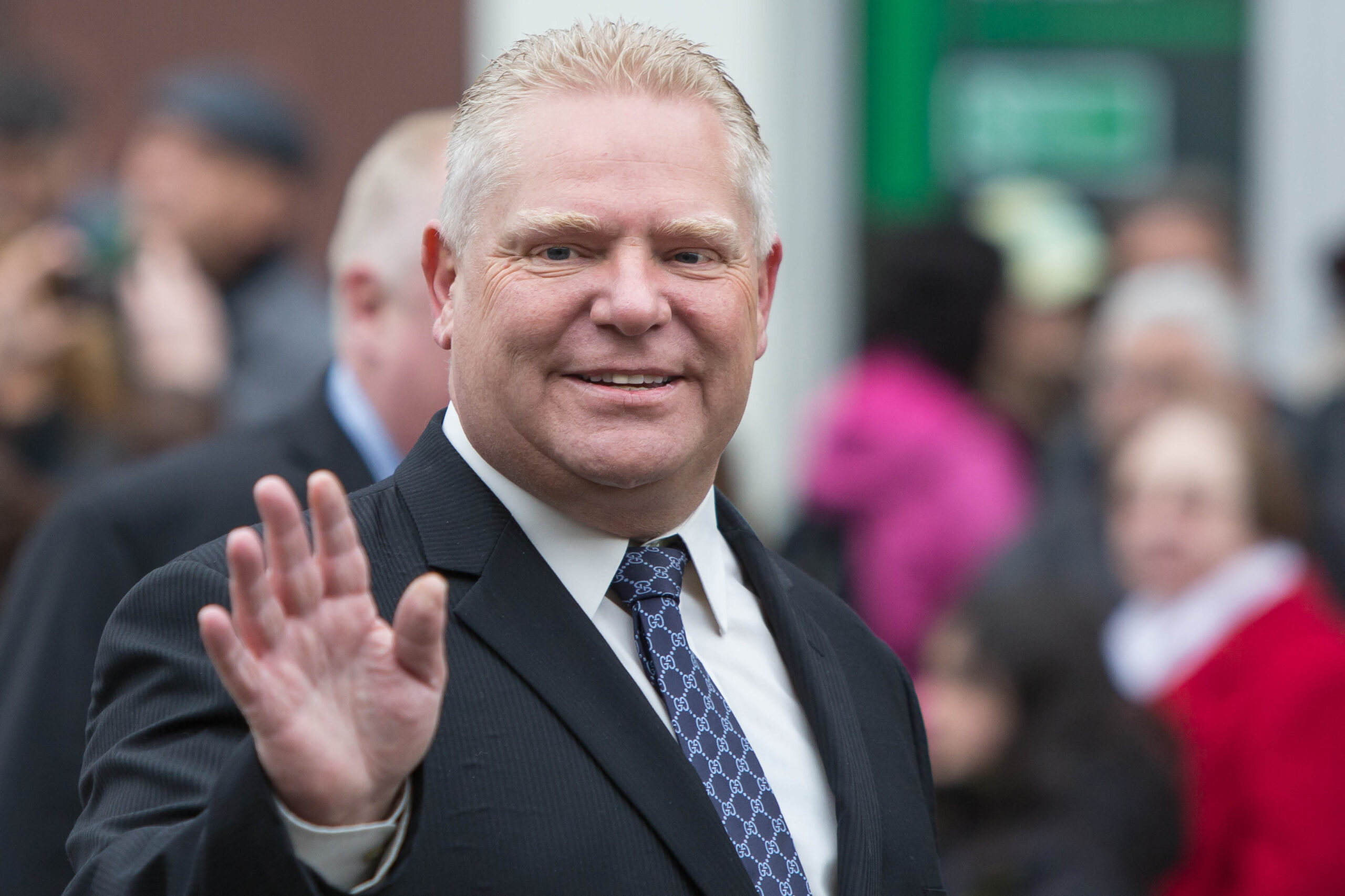A decade ago as a Presidential candidate, then-Senator Obama was asked how he intended to pay for his signature promise of expanding health care coverage to all Americans. A frequent response was to invoke new technologies and the digitization of healthcare records as a source of significant savings.
Such is the contrast between campaigning and governing, as Obama had undoubtedly calculated. Not only did health care costs steadily rise, but his own initiative faltered out of the starting gate due to a glitchy online portal. His Secretary of Health would resign soon thereafter.
Yet more broadly, President Obama’s digital ambitions are widely viewed as ambitious across many then-nascent realms such as open government, cloud computing adoption, and service innovation. The creation of the U.S. Digital Service and 18F were designed to import fresh ideas and a start-up mentality into the bureaucratic confines of the American federal government. As it happens, it is from here that Ontario’s Chief Digital Officer would be recruited north.
A broad takeaway from the Obama years is that new technologies are more an investment than a source of savings – especially in the immediate term. Unlike Doug Ford (and yes, Donald Trump), Obama was less fixated on tax cuts (implying expenditure reductions) than in improving government performance, a difference obviously owed in part to stark contrasts in political ideology.
Yet this fundamental digital dilemma has vexed governments of all stripes, transcending partisan divides. While Harper’s federal Conservatives, for example, tended to view digital technologies predominantly through the lens of internal efficiencies and external, economic innovation, Conservative-led Governments in Australia and the UK have adopted a more transformational lens of improving (and in some cases expanding) public sector capacities. The right-leaning Estonian Reform Party (now out of power) for years championed low taxation while investing in a digital government apparatus widely viewed as leading-edge.
Closer to Queen’s Park, with self-interest in mind, some of the more elderly cadre of IT industry leaders may wish to hopefully connect Margaret Thatcher, former Ontario Premier Mike Harris, and Doug Ford. Across each Conservative regime, significant outsourcing opportunities arose as governments sought to shift operations to the private sector, particularly with respect to technology.
Yet when Harris held office, email was a novelty, while cloud computing, social media and smartphones awaited invention. Electronic systems were viewed within government largely as support functions rather than strategic enablers. Not only has President Trump been cautious in not dismantling the Obama digital architecture, but the Administration has sought to augment spending for select actors. And while early days, the newly created ‘Office of American Innovation’ is working with major technology companies to reform government in a manner, not unlike Obama’s prior efforts. Apple’s Tim Cook, among others, is an advisor.
Yet as with Harris, and more so than Trump, Doug Ford has portrayed himself as a fiscal hawk, promising to slash overall spending while nonetheless “creating 15,000 new long-term care beds over the next five years and adding $3.8 billion in new support for mental health, addictions and housing.” Within such constraints, temptation will be strong to view digital through an efficiency and savings prism rather than one predicated upon refurbishing government itself (despite how much both are intertwined).
The recent election offered no clues as to what lies ahead, as the words “electronic, digital, and Internet” were respectively and entirely absent from the Conservative’s plan for Ontario. Whether Ford’s Cabinet includes a Minister with digital responsibilities for core government itself (preserving or recasting the Ministerial post created by the Liberals), and the fate of the current Chief Digital Officer may signal the path ahead. To a lesser degree, the Opposition NDP also has a role in shining light on digital matters as worthy of discussion and debate.
The country too will also be shaped by the Ford Government’s choices. Despite widening opportunities for shared solutions across government levels, the federal government has some major digital challenges of its own, and the immediate prospects for political collaboration with the Ontario Conservatives seem limited. From Ottawa and Toronto, the contours of digital government may well see more divergence than alignment – especially as the next federal election approaches.
Jeffrey Roy is professor in the School of Public Administration at Dalhousie University (roy@dal.ca).

